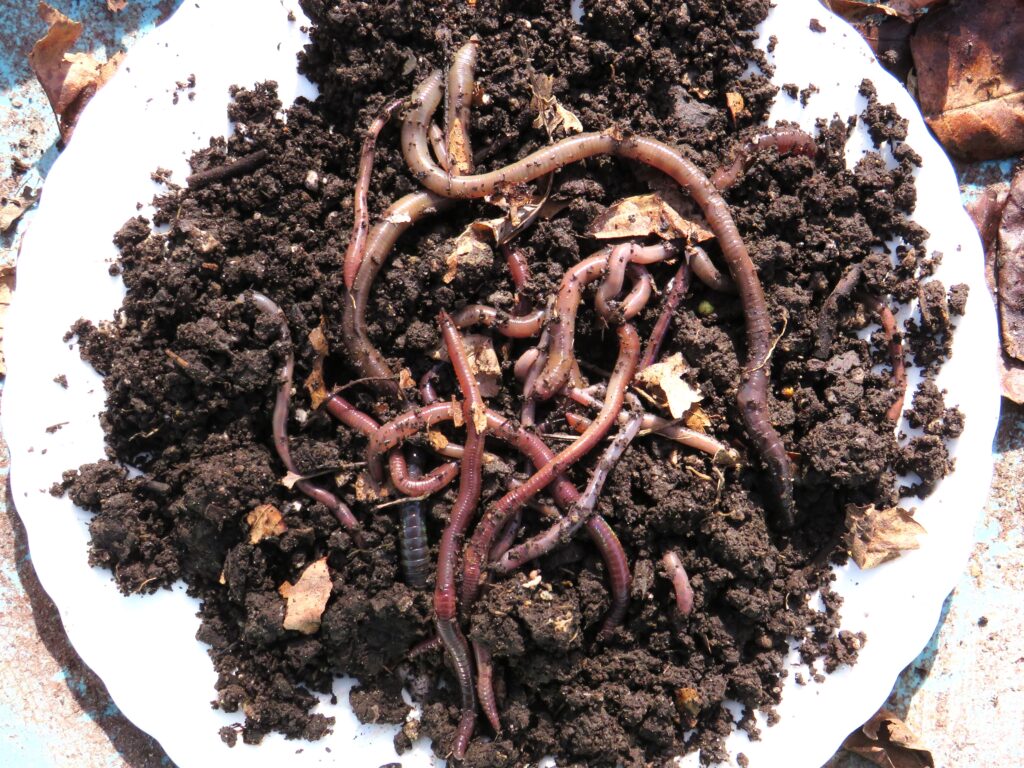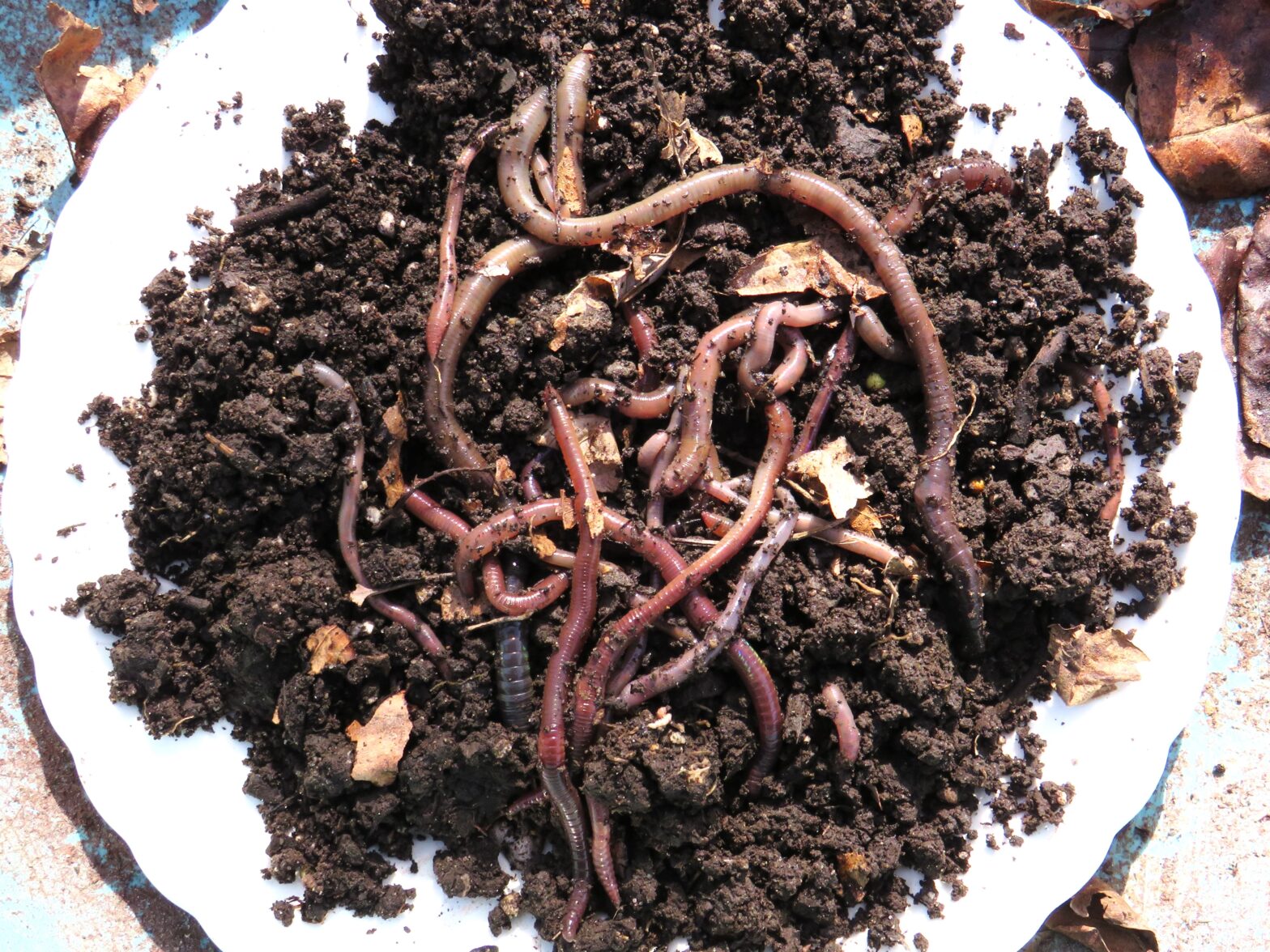
When I was in my teens, I would get up early on relatively warm and rainy days in March and collect scores of worms, which were plentiful along sidewalks and, if it had rained hard the night before, in the street. I then placed them in containers filled with mulch and leaves I’d buried in our backyard. Most of the worms were nightcrawlers, but a few were smaller species that we referred to collectively as cider worms. I used these worms as free fish bait through the spring and summer, keeping their bedding moist and periodically adding new mulch.
On many weekends in the spring and summer, my father or grandfather would drive me to a stream, and we would fish for hours, catching mostly bullheads and panfish, but occasionally a smallmouth bass or northern pike was brought to the net. At the end of the day, any worms left in my bait can were dumped on the ground, having “won” their freedom by not being needed.
The above story has been repeated many thousands of times by anglers, both young and old, since Europeans first came to North America—and the consequences have been devastating.
While New York State is home to about 30 species of earthworms, only five are native to North America, and none are native to New York. Earthworms all but disappeared from the northern United States more than 24,000 years ago, when glaciers reaching up to 1.5 miles in height covered our state and wiped them out. Only two slivers of New York State, the area now occupied by Allegany State Park and a small portion of the New York City area, were spared by the glaciers, and even those areas were likely unsuitable for earthworm survival.
A few species of worms native to North America survived south of the glacial advance, and they slowly moved northward as the glaciers retreated. But the vast majority of worms, in terms of species and abundance, found in New York today are the offspring of worms brought in first from Europe and, much later, Asia. The worms arrived in a variety of ways, including in root balls of plants, the ballast of ships, and possibly on livestock.
While many worms are great for your garden, decomposing organic material into the dark, well-aerated, nutrient-rich soil that supports the growth of vegetables, in forest settings they are very harmful to the environment. The harmful impacts of non-native earthworms are two-fold: First, the worms consume the duff that is found in the hardwood forests of northern North America. Duffis the spongy underlayer full of fungus and decomposing matter that is just below the surficial leaf litter. Consuming duff, especially near the base of a tree, can result in impacts such as reduced chlorophyll in leaves and reduced carbohydrate storage in the roots, which can cause death of the tree.
Second, earthworms are highly effective at modifying the physical and chemical properties of soils, changing the pH, nutrient and water cycles, and disrupting symbiotic relationships between soil fungi and roots (i.e., mycorrhizas). Because most earthworms now found in New York co-evolved with plant species from their native lands in Eurasia, the changes the worms make are, in effect, preparing the soil to be more receptive to the introduction of invasive plant species, including European buckthorn, garlic mustard, Japanese barberry, Tatarian honeysuckle, and hedge nettle.
Non-native species of earthworms are introduced to our forests by many mechanisms, but one of the most prevalent is by setting the remaining worms free after a day of fishing. And contrary to what you might think, tossing them into the water won’t necessarily kill them. Worms can live submerged for weeks, giving them time to reach land and wreak their havoc. Either kill them or take them home to be used on another day of fishing.
